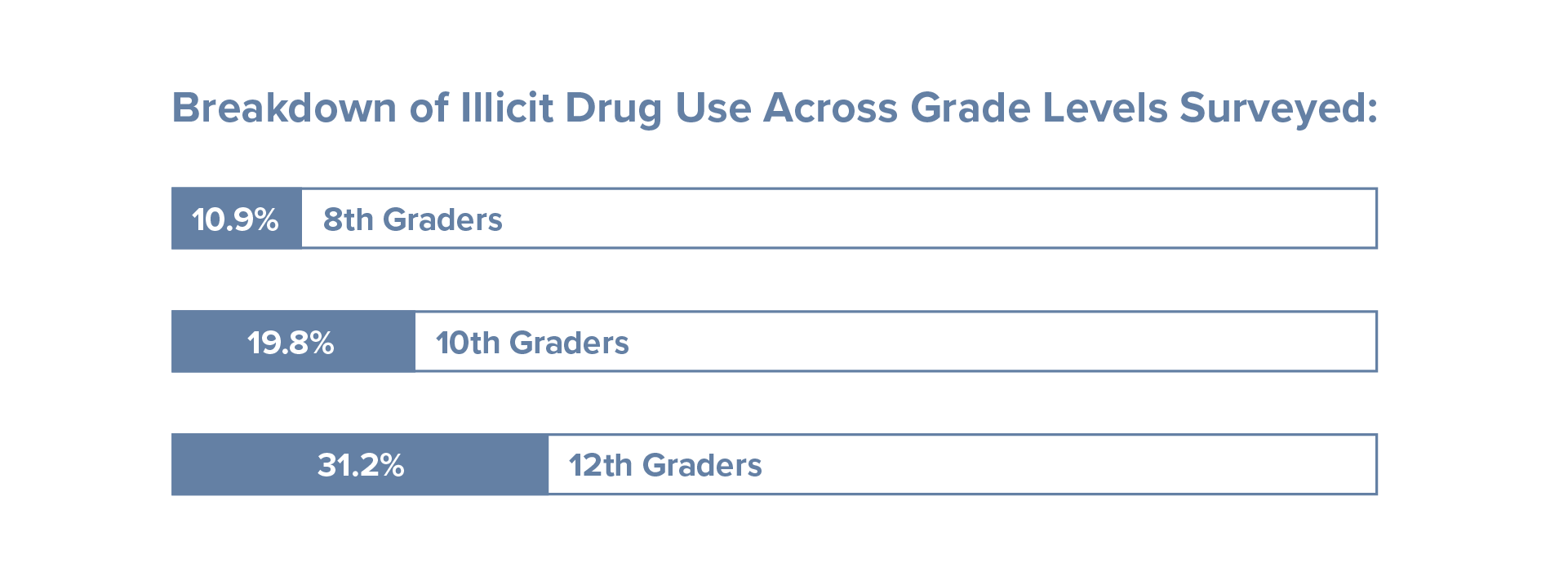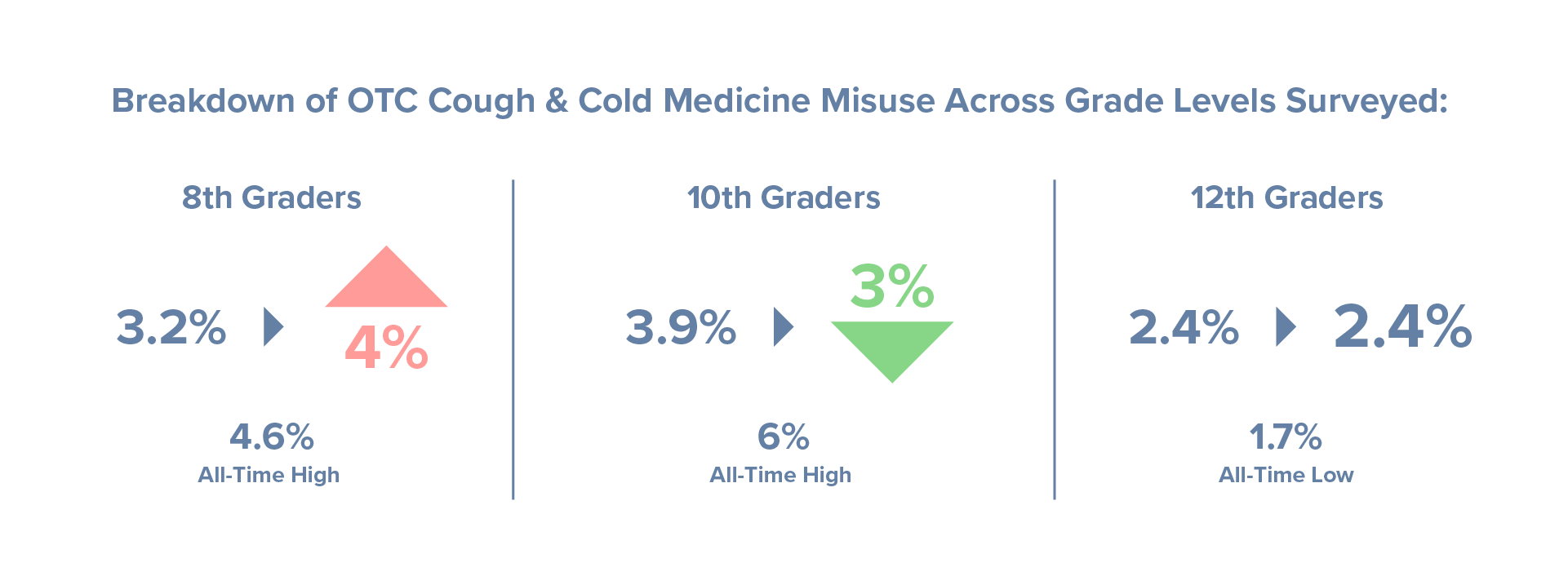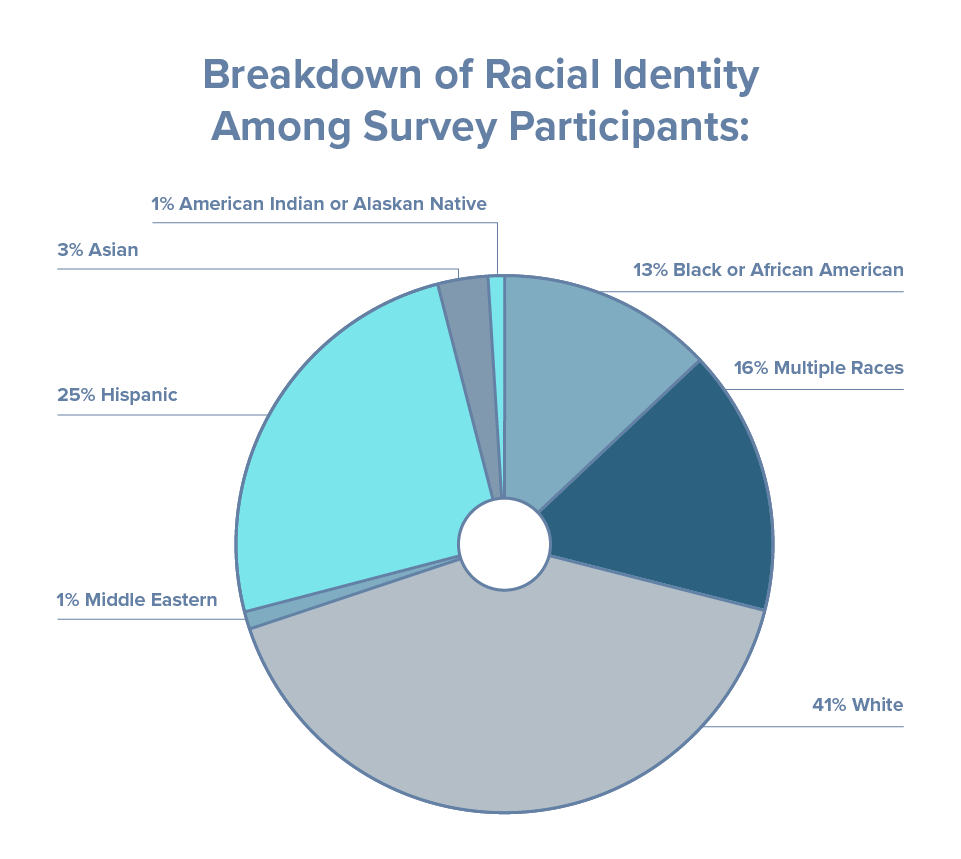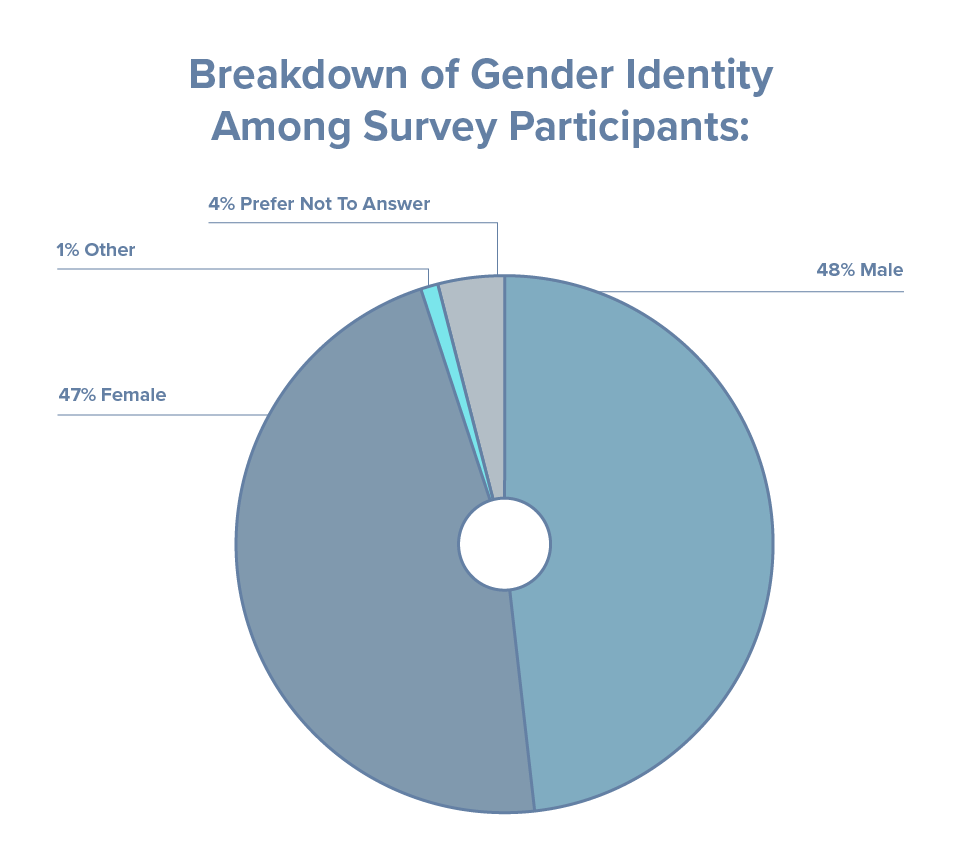2023 Monitoring the Future Results: Low Rates of OTC Medicine Misuse Continue
Since 1975, Monitoring the Future has been conducting an annual survey with researchers at the University of Michigan, Ann Arbor, and funded by the National Institute on Drug Abuse (NIDA), a branch of the National Institutes of Health. For 49 years and counting, this survey has been administered to students in eighth, 10th, and 12th grades who self-report their substance use behaviors over various time periods, such as past 30 days, past 12 months, and lifetime. Survey questions interrogate students’ perceptions of harm, disapproval of use, and perceived availability of drugs.
The survey is updated each year to factor in relevant changes in substance use trends. For example, feelings surrounding Delta-8, a psychoactive substance found in the Cannabis sativa plant, were added to this year’s survey. The results showed 11.4% of 12th graders reporting use in the past year. Beginning in 2024, eighth and 10th graders will also be asked about Delta-8 use.
Reported use for almost all substances decreased dramatically between 2020 and 2021, after the COVID-19 pandemic and related changes like school closures and social distancing changed teens’ relationship with substances. Most reported substance use among adolescents held steady at these lowered levels in 2022 – and the most recent data shows this trend continued into 2023.
Breakdown of Illicit Drug Use Across Grade Levels Surveyed:
10.9% of eighth graders, 19.8% of 10th graders, and 31.2% of 12th graders reported any type of illicit drug use in the past year.

Breakdown of OTC Cough & Cold Medicine Misuse Across Grade Levels Surveyed:
Dextromethorphan (DXM) is the active ingredient in most OTC cough medicines. When taken according to labeling instructions, medicines that contain DXM are safe and effective. However, when DXM is consumed in excessive amounts higher than the recommended dose, dangerous side effects can occur. Monitoring the Future has been reporting rates of OTC cough and cold medicine misuse since 2006 and over the past 12-months, with the prevalence of abuse reducing by less than one percentage point in each of the three grades surveyed.
In eighth grade, the level of students who self-reported OTC medicine misuse rose from 3.2% to 4%. While this reflects an increase, it is still improved from the all-time high of 4.6% recorded for this grade level in 2020.
In 10th grade, researchers saw a decline from 3.9% in 2022 to 3% in 2023, which is exactly half of the 6% all-time high recorded in 2009.
In 12th grade, prevalence held steady at 2.4%, which is the second-lowest level ever recorded by the survey (the lowest level was 1.7% in 2021).

In addition to looking at DXM misuse rates, other OTC products and legal stimulants like stay-awake and diet pills were considered; teen usage of both types of pills reached the lowest levels ever recorded by the survey. While this is promising, the survey also took a look at energy drinks and found that consumption of these beverages reached the highest levels ever recorded for 10th and 12th graders. In addition to monitoring your teen’s use of drugs and medicines, be sure to keep a close eye on their caffeine intake as mixing OTC medicines with energy drinks can cause additional harmful effects.
Looking more closely at the methodology, researchers collected 22,318 surveys from students enrolled across 235 public and private schools throughout the United States. The sample size of this year’s respondents was lower than that of typical pre-pandemic data collection, but the results were gathered from a nationally representative sample and the data were statistically weighted to provide national numbers.
Breakdown of Racial Identity Among Survey Participants:
13% of identified as Black or African American, 1% as American Indian or Alaska Native, 3% as Asian, 25% as Hispanic, 1% as Middle Eastern, 41% as white, and 16% as more than one of the preceding categories.

Breakdown of Gender Identity Among Survey Participants:
48% of students identified as male, 47% identified as female, 1% identified as other, and 4% selected the “prefer not to answer” option.

All participating students took the survey via the web – either on tablets or on a computer – with 98% of respondents taking the survey in-person at school in 2023. Therefore, students with less engagement in school – a known risk factor for drug use – may have been less likely to participate in the survey.
“Research has shown that delaying the start of substance use among young people, even by one year, can decrease substance use for the rest of their lives. We may be seeing this play out in real time,” said Nora Volkow, M.D., NIDA director. “This trend is reassuring. Though, it remains crucial to continue to educate young people about the risks and harms of substance use in an open and honest way.”
For tips on how to start this important conversation with your teen, check out the links below.
Take Action
Increased awareness can only mean increased prevention. Join us in the fight against teen cough medicine abuse by exploring and sharing our free resources.
